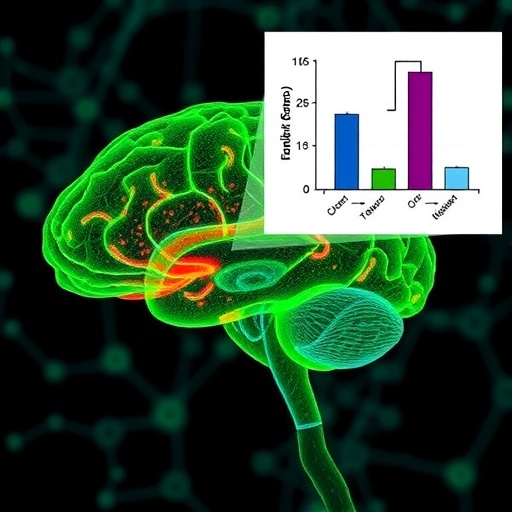![]()
Credit: Credit: NASA/NRL
Typhoon Maysak was moving north through the East China Sea early on Sept. 2 when NASA-NOAA’s Suomi NPP satellite passed overhead and captured a visible image of the storm approaching landfall in South Korea.
The Visible Infrared Imaging Radiometer Suite (VIIRS) instrument aboard Suomi NPP provided a visible image of Typhoon Maysak on Sept. 2 at 1:24 a.m. EDT (0524 UTC) and saw Typhoon Maysak headed for landfall in southern South Korea. The image revealed that the eye had again become obscured, and strong thunderstorms circled the center of circulation. The northern quadrant was already moving over South Korea and the eastern quadrant was brushing Kyushu, Japan. Kyushu is the most southern and third largest island of Japan’s five main islands.
On Sept. 2 at 11 a.m. EDT (1500 UTC) Maysak was still a typhoon with maximum sustained winds near 90 knots (104 mph/167 kph). It was located near 33.1 degrees north latitude and 127.9 degrees east longitude, about 134 miles south-southwest of Busan, South Korea. Maysak was moving to the north-northeast.
Maysak is forecast to move north make landfall later in the day today, west of Busan, South Korea. It will weaken rapidly as it passes over the length of the Korean peninsula, to dissipate over northeastern China.
For more than five decades, NASA has used the vantage point of space to understand and explore our home planet, improve lives and safeguard our future. NASA brings together technology, science, and unique global Earth observations to provide societal benefits and strengthen our nation. Advancing knowledge of our home planet contributes directly to America’s leadership in space and scientific exploration
###
Media Contact
Rob Gutro
[email protected]
Original Source
https:/




